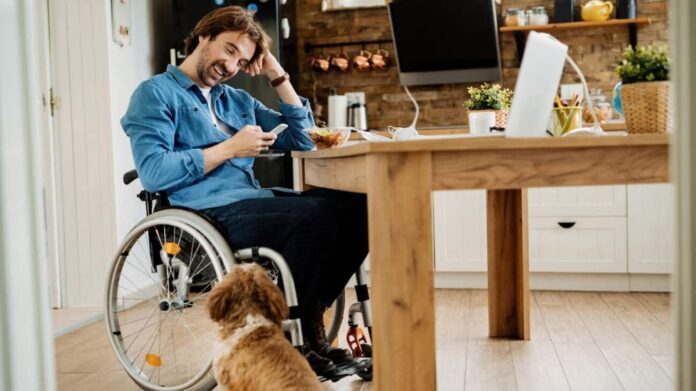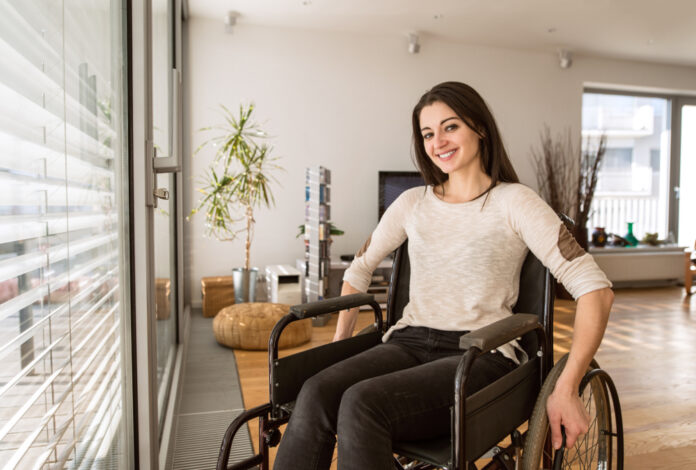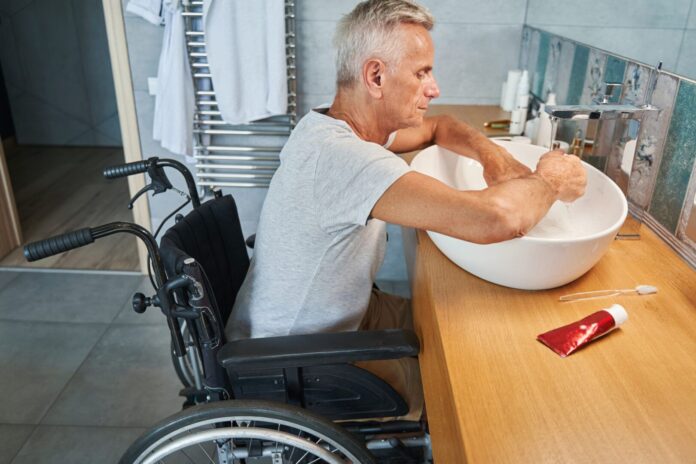Millions of Australians face disabilities and it can affect an individual but also impact the lives of those around them. While life may never be the same again, it’s possible to make adjustments to lifestyles and home setups that benefit all involved.
We discuss a range of solutions to consider, from the benefits of an electric recliner lift chair to rethinking your bathroom setup.
Fast Facts on Disability and Mobility Issues in Australia
For some perspective on how many people in Australia face disabilities, including lack of mobility, here’s some relevant data:
- About 1 in 5 people in Australia is dealing with some form of disability
- Almost 40% of the country’s households have at least one person living with a disability
- Of all people living with a disability, over 17% utilize mobility aids
The good news is that there are many industries, such as the furniture industry, helping these individuals enjoy a better quality of life. Also, despite discrimination being a reality many of these people face, there are over 30% of individuals living with a disability perform well in terms of their careers, acting as professionals and managers.
Now, let’s share some more good news about what you can do to make the life of someone in your household a little easier.
How to Cater for Someone in Your Household who has a Lack of Mobility

Get the Right Furniture
Look at the most important needs of the person who has a lack of mobility and you’re very likely to find furniture that can solve some of the challenges. For many, this comes in the form of electric recliner lift chairs, because it helps with many day-to-day activities at home.
Whether the person wants to sit down to enjoy a meal, get some rest in a reclining position, or get back up to open the door for a visitor, the chair provides the necessary support. The lift functionality results in very little effort on the individual’s part, minimizing the risk of injury and strain.
Consider the Placement of Furniture
Do take your time setting up each room in the house. For example:
- You must make allowance for enough space for a wheelchair to easily pass, should the person currently use one.
- If the person can walk but is weak, position chairs and tables in such a way that there’s no risk of tripping, but they provide a solid object to hold onto while the person crosses a room.
- For people using walkers, create some wide open spaces where it’s easy for them to turn around with the mobility aid, should they want to exit the room.
Tip: remove rugs from rooms, so there’s less risk of the individual tripping over something on the floor.
Focus on Optimising Independence

Anyone who has limited mobility may feel despondent and frustrated from time to time. Even with loving family members who are willing to assist, an individual will wish they could do a little more for themselves.
The good news is that modern innovations do enable people to do a lot more by themselves than individuals in similar circumstances could do a few years ago. But you do need to be intentional in creating a home that facilitates more independent living.
As long as there’s little risk of them coming to harm while on their own, these features will be invaluable for their mental health and even overall well-being. Having confirmation that they can still do certain things for themselves will keep them motivated to find more activities they can pursue.
Renovations Worth Considering
If you have the capital, it can be beneficial to do minor renovations, especially if the individual uses a wheelchair. Replacing any stairs with ramps will give the person access to more areas of the house. Also, rethink the bathroom so there aren’t barriers that could create a risk of falling. This makes a walk-in shower a better option than a traditional design with a raised platform.
Height Matters

Many people with mobility issues face challenges in terms of height. This may be because they’re seated in a wheelchair or simply can’t move their arms very high without experiencing pain or discomfort. You can reduce the necessity to stand up or reach higher up, with just a few simple changes. Here are some examples:
- Add a worksurface they find comfortable working at, for preparing food and enjoying other activities.
- Change entrances to rooms so all door handles are low enough to easily reach.
- Redesign closet space so shelves and hanging rods are low enough to easily pack away clothes and other items.
Final Thoughts
When having a lack of mobility—whether for some time or the rest of your life—the thought of what it means for your lifestyle can be overwhelming.
However, you can help someone overcome obstacles and enjoy a better quality of life than expected! Simply be intentional in picking out relevant products and setting up a home that accommodates the individual.
Thanks to technology and innovation, there are solutions—from buying the right chair to rearranging the living room—that can make a huge difference in someone’s life. It’s up to you to use the resources available.




